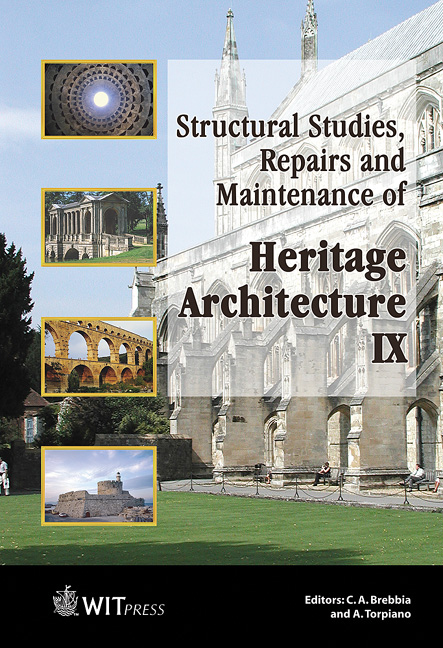The Challenges Of Protecting Heritage Architecture In Developing Countries From Earthquake Disasters
Price
Free (open access)
Transaction
Volume
83
Pages
13
Published
2005
Size
3,171 kb
Paper DOI
10.2495/STR050391
Copyright
WIT Press
Author(s)
M. B. Karkee, C. Cuadra & L. Sunuwar
Abstract
This paper attempts to highlight the challenge of protecting the heritage architecture in developing countries through examples of Nepal and Peru where valuable world heritage sites in opposite parts of the globe face a common threat owing to earthquakes. The nature of the earthquake hazard in both of the countries is discussed in some detail and the importance of actions towards the protection of heritage architecture is emphasized. It is noted that the state of general disrepair adds to the seismic vulnerability of heritage architecture in developing countries. Besides, the repair after actual damage or destruction from earthquakes, even when timely undertaken, may lead to alteration of the valuable originality of heritage structures, owing to the unavailability of material or skill from the time of the original constructions. The need for initiatives towards preventive actions for protection from damage and prevention of collapse due to earthquake disasters appears quite evident. Keywords: heritage architecture, earthquake hazard, seismic risk, temple, stupa, Inca, Nepal, Peru. 1 Introduction Protection of life and property from natural disasters has been a subject of major emphasis in engineering research and practice involving development initiatives around the world in recent decades. Although the global toll from natural disasters seems to remain high in spite of this emphasis, international commitment to reduce the vulnerability of mankind to natural disasters through a
Keywords
heritage architecture, earthquake hazard, seismic risk, temple, stupa, Inca, Nepal, Peru.




